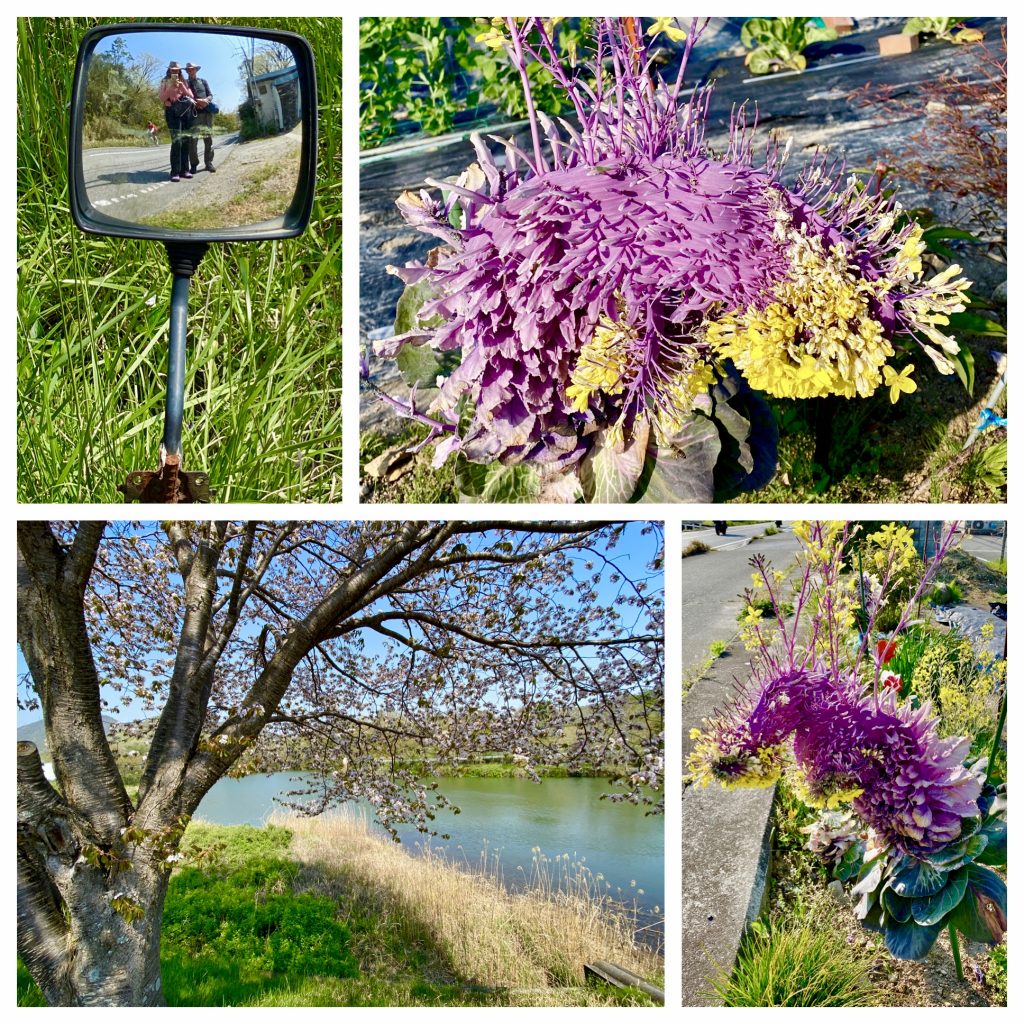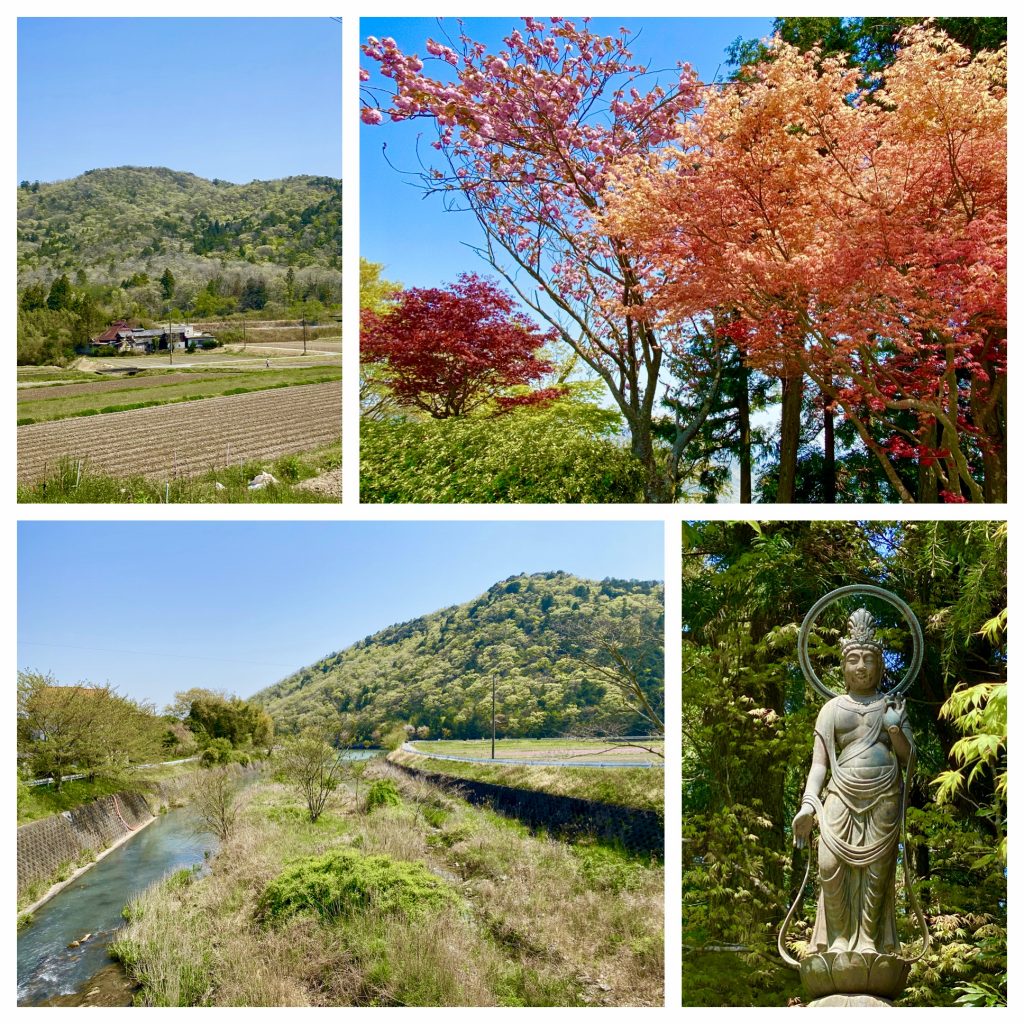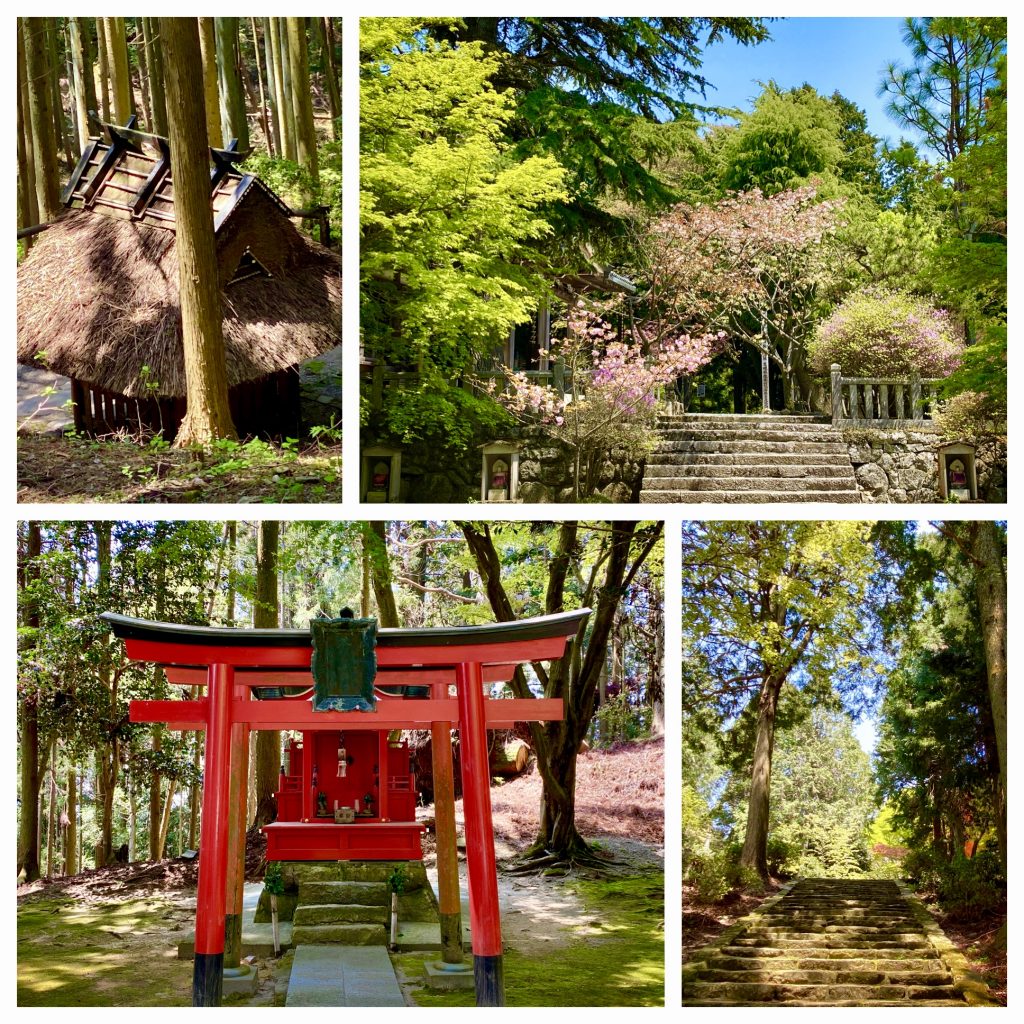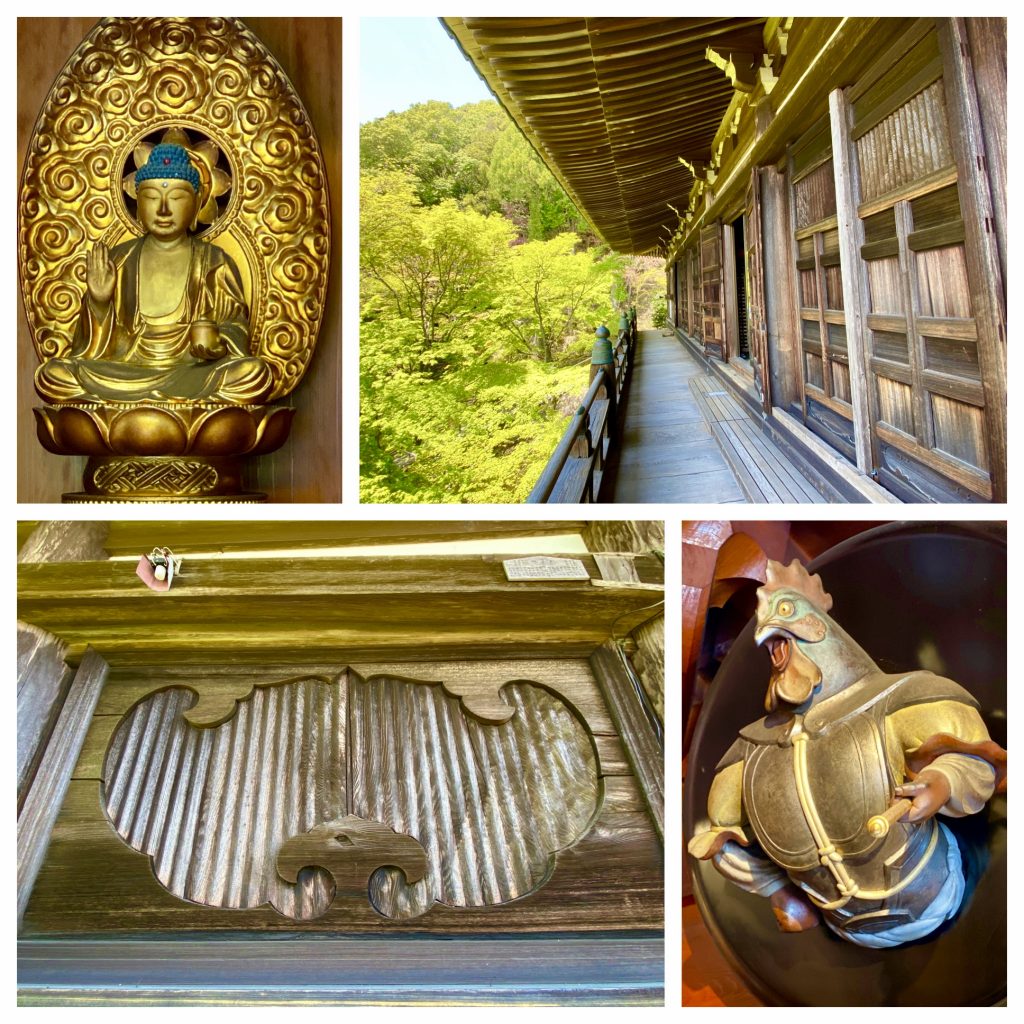Day 43 - The Road To Enlightenment - Walking The Saigoku Kannon Pilgrimage - Ontakesan Banshu Kiyomizudera, Temple #25 In Hyogo, Japan
Day 43 - The Road To Enlightenment - Walking The Saigoku Kannon Pilgrimage - Ontakesan Banshu Kiyomizudera, Temple #25 In Hyogo, Japan
This temple is an affiliated temple of the famous Kiyomizudera in Kyoto.
It is located in the small town of Kato, in Hyogo Prefecture.
The path to the temple is through Tamba-Sasayama, which is the sixth oldest ceramic village in Japan.
There are dozens of small studios of artists who make, fire and sell their ceramic art.
The Tamba Sasayama ceramic village museum has inside it 50 local artists’ stalls, offering for sale very affordable handmade ceramics.
But we were not able to see it, because all the museums in Japan right now are closed, due to the coronavirus.
It would have been nice to see it.
The village has an old and very long wood burning communal kiln, that runs up the hill like an earthen centipede.
Each artist can add his clay pots to the one long channel on the communal firing day.
We saw this kind of a long, uphill rising centipede kiln before in Japan, and we were very impressed.
With all the effort and resources that it takes to burn wood to reach such high temperatures, this kiln is a very clever idea.
The temple is very beautiful.
It was full of flowering Azaleas, all blooming in bright and vibrant colors.
It was a pleasure to follow the suggested worship route, and see all the flowers along the way.
The temple has a small hall, decorated with the twelve animals of the zodiac. (Dragon, tiger, bull, sheep, monkey, snake, rat, dog, horse, pig, rooster and rabbit)
They all had animal heads and armored guardian bodies, and each was holding a Buddhist symbol in its hands.
This temple was founded in the year 587 by Sonryu Shonin, on the mountainside of Zuikozan.
Shortly after it was established, it was abandoned. In 806 it was revived again and in 847 it was converted to a Tendai sect temple by the monk Ennin, who had dropped in for a visit following his return from ancient China.
During the warring periods, it was entirely destroyed, and then restored by the Mori family and successive generations of feudal lords.
The temple had a few dozen visitors when we were there, everyone seeming to enjoy the beautiful flowers and the forested hills.
We were allowed to enter the main altar to have a closer look and admire the statues inside.
The temple is also famous for their yokan sweets, made with the temple’s exceptionally pure water.
The walk back to town was down a very steep mountain road, planted on both sides with red and green maple trees.
Beyond them was a beautiful young forest.
When we reached the main road, we hoped to find an open café.
My map showed almost a dozen small cafés and restaurants, but most of them were closed.
We finally came upon a café in a log house with indoor and outdoor seating.
It was run by a woman and her elderly parents.
They welcomed us in and we were happy to see that the café was buzzing with people.
They served us a nice meal, of berry pancakes, vegetable curry rice and iced lattes.
It was just nice to sit and rest in an open café.
The days are getting warm, and we even considered sitting outdoors, but a large group of women took the outdoor seating area.
We returned to Kyoto by train.
It was already late in the evening and the night was dark.
We bought some fresh bread at a bakery by the train station and returned to our bright apartment to clean up and rest.
May love and light fill your days,
Tali and Jules
Daily stats:
Steps walked - 24,728
18 km. walked
Active walking time - 4.5 hours
Total walking time today - 6 hours.
Total walking distance on the Saigoku to date - 792 km
Temple Visited:
Ontakesan Banshu Kiyomizudera Temple #25



















